As I mentioned in my last post, I love what 30 years of practice and modern mountain bikes allow me to do!
So what exactly do modern bikes allow us to do? Well, one of my readers summed it up well,
“Hi Gene!
Enjoyed your musing on old vs. new mountain bikes. I’m 47 and my first bike was a 1991 Bridgestone MB-Zip which I raced in the 90’s NORBA Expert Class.
I tend to not be overly nostalgic about those old bikes, particularly about the reliability, maintenance, and number of crashes. My steel Bridgestone frame literally snapped in half and had me walking 4 miles out of the woods. Hubs would freeze, spokes would break, and headsets would get gritty. You literally were replacing parts constantly and working on your bike several times per week. These days I ride my mountain bike for months, with nothing more than cleaning, lubing, and pressure adjustments. And I beat the BAG out of it, repeatedly smashing down trails at ludicrous speeds that would definitely break any of my 90’s bikes.
I guess my point is this: I enjoy riding my mountain bike, not working on it. And that is what the modern trail bikes allow!
Jude”
Jude nailed that! I was on a group ride in Moab last summer and we were laughing at how light our packs were! We used to carry two tubes, derailers, spare spokes, duct tape, a real chain tool, etc. Yes, modern bikes don’t break near as much!
Modern mountain bike geometry is so much safer too! The long, low and slack geometry I have been preaching about since 1999 is finally available for mtbs designed for all purposes. There are now cross country race bikes with slack head angles, making descending much more fun and less scary while having no affect on most climbs (especially when combined with steep seat tube angles).
In the 90’s we would say it isn’t a great ride if you aren’t bleeding. We crashed a lot. Endos were super common, even among pros! Why? Because bikes were short, with long stems (110mm to 150mm were standard equipment) and steep head angles (70.5 degrees was slack in the 90’s, some bikes were as steep as steep 72 degrees) all of which set you up to endo almost any time your bike came to sudden and unexpected stop. (because the short reach measurement had us standing straight up, the long stem put our weight over the front axle and straightened out our arms while that steep head angle put the front wheel under us instead out in front of us)
Now it is easy to find longer bikes with 67 degree or slacker head angles that not only allow you to descend with more confidence and control but climb fine too! On a bike with a longer reach measurement with a short stem and wider bars we can stay centered and hinged in a lower, more stable and more dymanimic position. This allows us to be able to soak up compressions and drops better and not get yanked forward.
How does a bike with a 64-67 degree head angle and 35 to 50mm stem climb so well? Because riders have gotten smarter about body position (they have learned to slide forward on the saddle and hinge forward at the hips which puts the weight of their chest further forward), gotten smarter about saddle placement (slamming the saddle forward on it’s rails) and many bike companies are starting to produce bikes with much steeper seat tube angles (centering our weight over the BB instead of over the rear axle). More detail on these climbing tips: http://betterride.net/blog/2017/mountain-bike-climbing-video-tips-back-pain-saver-and-power-producer/
We also didn’t have dropper posts in the 1990’s so we either stopped and lowered our seats for the descents, used a Hite-rite which allowed 60mm or 75mm of drop using a coil spring and a quick release or we simply put our butts on the rear tire with the seat smashing into our chest on descents (the position I call the flying catapult). Again, endos were common place!
Mountain bike tires have come a long way too! With thin sidewalls and tubes we had to run 40-50 psi in our skinny 2.1 by 26 inch tires so we wouldn’t flat. This gives the rider no traction and a very harsh ride. Just for fun put 45 pounds of pressure in your tires and go ride a rocky trail! It will rattle your fillings out. 2.5 by 27.5 or 29 inch tubeless tires run with 13-22 psi really smooth things out and give us more traction!
In short, newer bikes with long reach measurements (390mm+, XSmall, 415mm+, Small, 440mm+, Med, 465+, L, 490mm+,XL) steeper seat tube angles (75.5-77), slacker head tube angles (64-67), wider, larger diameter tires (2.4 to 3.0) with low tire pressure (sub 20 psi) and dropper posts have made mountain biking so much safer, more fun and more dependable. If your old bike (more than five years old) is getting a bit worn or you are sick of going over the bars look in to a more modern bike, they won’t turn you into a better rider but they will stack the odds more in your favor!
They aren’t cheap but there are some amazing lower cost options out there. My favorite bike of all time was my Kona Process 153, I had the aluminum model with least expensive build they offered, around $2,600 I seem to recall (review here) https://freehubmag.com/articles/kona-process-153
Check out this super fun sounding 120mm travel trail bike from Norco, starting at $1,649.00! 66 degree head angle and 76 degree seat tube angle with an XL with a 500mm reach measurement on a 120mm travel bike, finally! Love seeing bikes like this! https://www.vitalmtb.com/product/guide/Bikes,3/Norco/Fluid-FS-1-29,24434#product-reviews/3465
Those are just a few of many great, modern bikes, do your research there are so many bikes coming out with this confidence inducing geometery in all categories (xc, trail, all-mountain, enduro and what ever categories the industry has created!).
Most of all, ride your bike and have fun! If you enjoyed this article feel free to share with your riding buddies or anyone you feel might enjoy it.

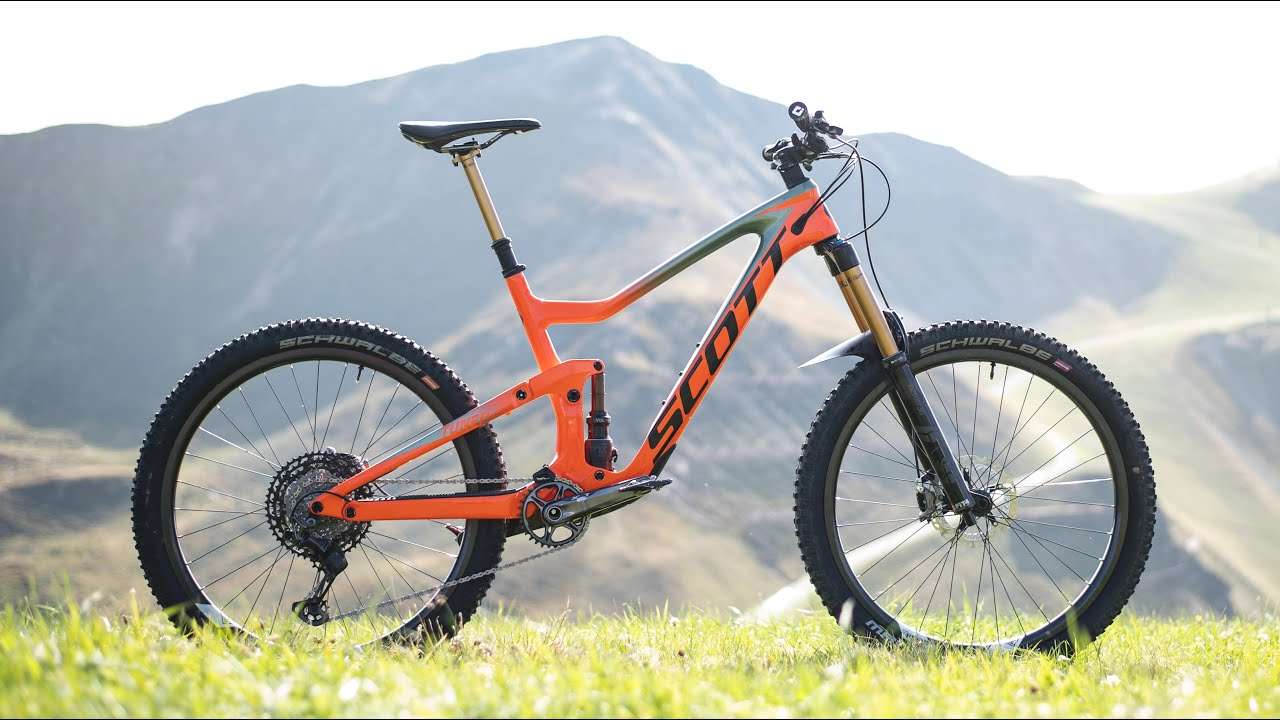
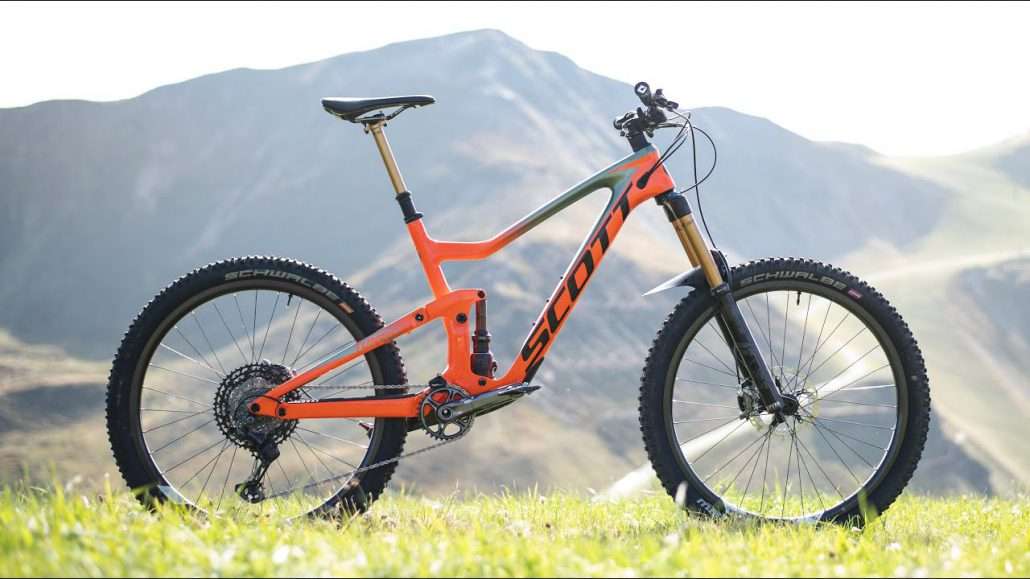
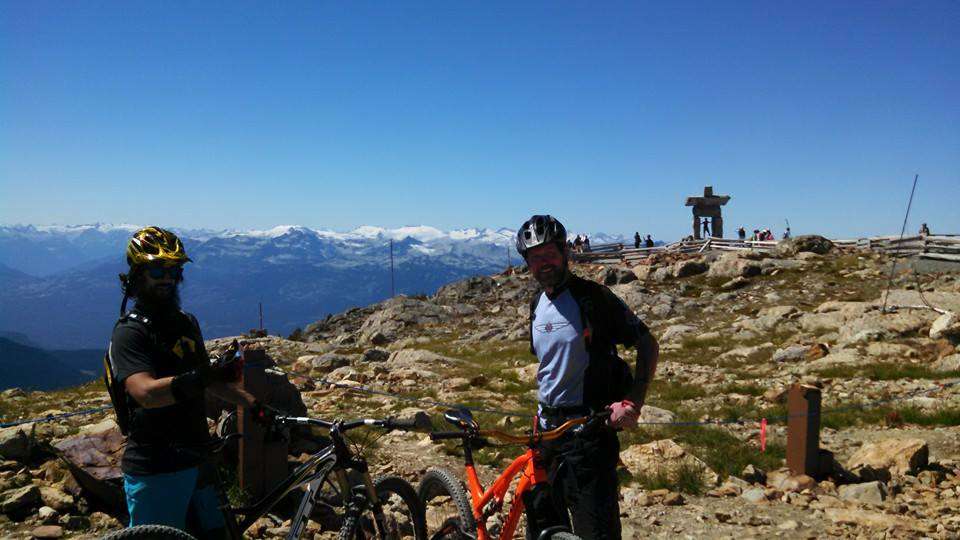
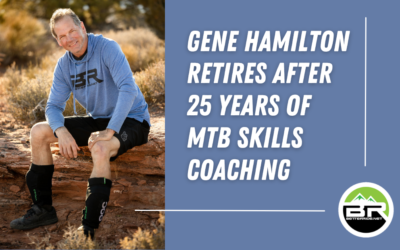
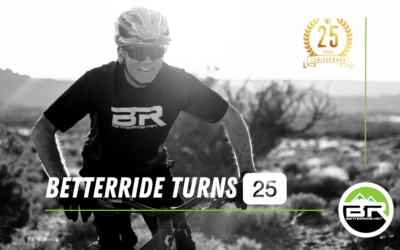
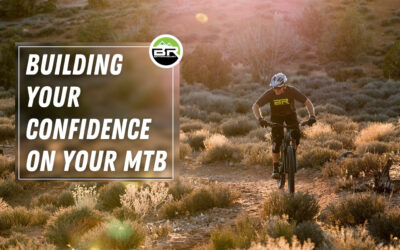
Comments